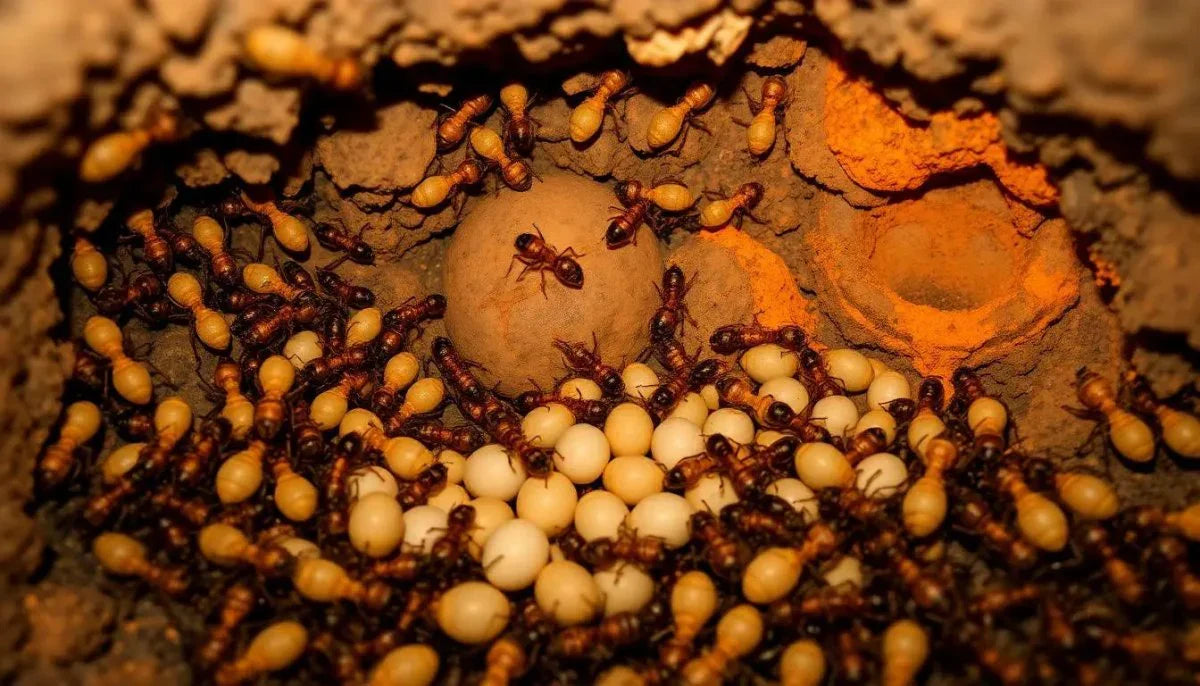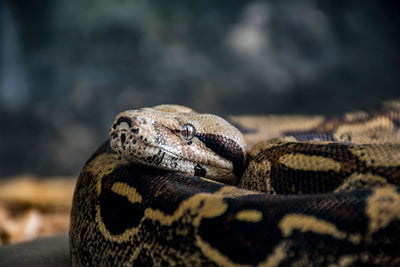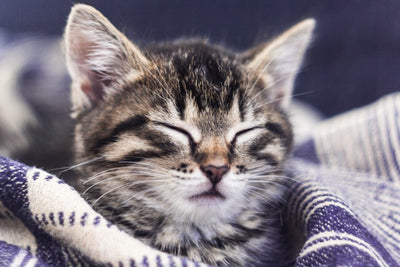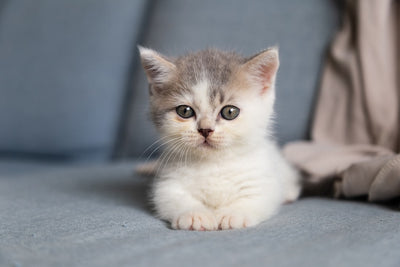Ants are truly remarkable creatures, with a fascinating social structure and complex behaviors that have long captivated the human imagination. One of the most intriguing aspects of ant life is their breeding habits, a topic that has been the subject of extensive research and study. In this blog post, we'll delve into the fascinating world of ant reproduction, uncovering the secrets behind their mating rituals, colony dynamics, and the incredible diversity of their breeding strategies.
The Ant Colony: A Highly Organized Breeding Ground
At the heart of an ant colony lies a highly organized social structure, with distinct roles and responsibilities for each member. The colony is typically led by a single queen, who is responsible for the reproduction of the entire colony. The queen ant is capable of laying thousands of eggs, which hatch into larvae and eventually develop into adult ants.
The colony also includes a number of male ants, known as drones, whose sole purpose is to mate with the queen. These drones are typically larger and more muscular than the worker ants, and they play a crucial role in the colony's reproductive success.
The Mating Ritual: A Spectacular Display
The mating ritual of ants is a truly spectacular display of nature's ingenuity. When the time is right, the queen ant will release a pheromone that attracts the male drones. These drones then engage in a frenzied aerial dance, competing for the chance to mate with the queen.
The mating process itself is a delicate and intricate affair, with the queen and the chosen drone engaging in a complex series of movements and chemical signals. Once the mating is complete, the queen will store the sperm from the drone, which she will use to fertilize her eggs over the course of several years.
The Diversity of Ant Breeding Strategies
While the basic breeding structure of an ant colony is relatively consistent across species, the specific breeding strategies employed by different ant species can vary greatly. Some species, for example, engage in a process known as "colony fission," where a new queen and a group of worker ants break off from the main colony to establish a new one.
Other species, such as the army ants of South America, have a more nomadic breeding strategy, with the colony constantly on the move in search of new sources of food and nesting sites. These army ants are known for their impressive military-like organization and their ability to overwhelm and consume their prey.
The Importance of Genetic Diversity
Ant colonies are also known for their remarkable genetic diversity, which is essential for the long-term survival and adaptability of the species. The queen ant's ability to store and use the sperm of multiple drones ensures that the colony's offspring will have a diverse genetic makeup, which can help them better withstand environmental challenges and adapt to changing conditions.
This genetic diversity is also crucial for the development of new and specialized castes within the colony, such as the soldier ants that are responsible for defending the colony from predators and other threats.
The Fascinating World of Ant Reproduction
In conclusion, the breeding habits of ants are a testament to the incredible complexity and diversity of the natural world. From the highly organized social structure of the colony to the intricate mating rituals and the remarkable genetic diversity, the world of ant reproduction is a true marvel of nature. By understanding and appreciating these fascinating creatures, we can gain valuable insights into the evolution and adaptation of life on our planet.
So, the next time you encounter an ant colony, take a moment to marvel at the incredible breeding strategies and social dynamics that make these tiny creatures such a vital part of our ecosystem. Who knows, you might just discover a newfound appreciation for the incredible diversity and complexity of the natural world.






